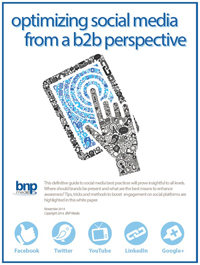This would be followed by a description of open systems, networks, and integration of building systems. Instead, I paused and realized that while all of that is true, there is a large gap between the theoretical definition of an intelligent building and the practical project delivery that we work on every day. The theoretical smart building has building systems on a shared enterprise network and a vast variety of systems connected including HVAC and lighting, fire alarm, security, elevators, blinds, etc. The practical systems are driven by owners’ goals to reduce energy costs and to provide a practical platform for operations. Here are the key characteristics of what comprise these systems:
•Open systems: This is a given with the use of open protocols such as BACnet®, LonMark®, and Modbus. User interface is typically web based whenever possible.
•Connected systems: What gets connected typically is focused on those systems that utilize energy. HVAC is always connected. When economically practical, lighting may also be included. The value proposition to connect any other systems gets carefully scrutinized. In some cases, it may make good sense to connect the fire alarm system for secondary annunciation or to connect to elevators. But in most cases, these systems don’t get connected and integrating security and video is almost never included.
•Networks: We see some owners who are actively embracing the use of the enterprise network for building systems, and there are others who see too many challenges with coordination, security, and control to make this worthwhile. Projects end up fairly evenly split between dedicated facility networks and the use of shared enterprise networks.
•Applications: Most projects end up with a series of optimization strategies of HVAC and lighting systems, resulting in dramatic efficiency improvements. Other potential applications, such as connection to Smart Grid, analytics, continuous commissioning, etc., are being designed to be enabled but are not yet broadly deployed.
The end result is a practical application that meets owners’ goals and provides tangible benefits. With the advent of new energy efficiency standards under ASHRAE 90.1-2010, the use of optimization and integration is moving from being desirable to required.
Without a doubt, intelligent buildings will continue to evolve. What we are delivering today will become an expectation in the future. It is a fairly safe bet that as the benefits to a larger-scale integration are more clearly defined, they are a natural extension to these systems, and the theoretical vision of today may become the practical reality of tomorrow. ES





